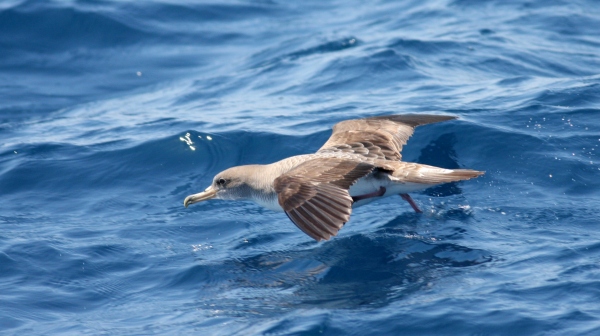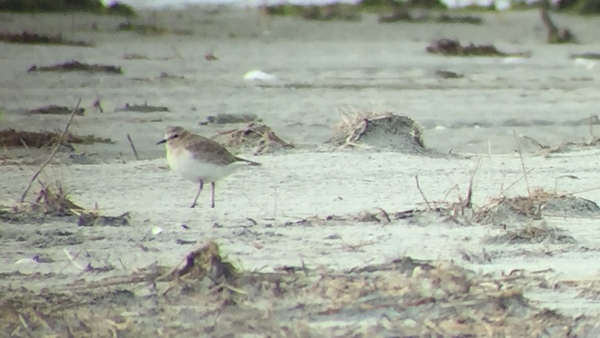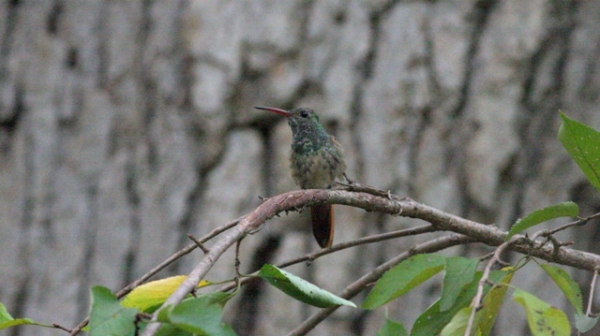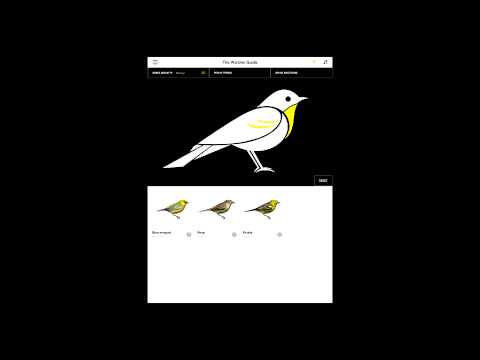10,000 Birds: Burrowing Owl at the Beach
10,000 Birds: Mountain Plover at the Shore
10,000 Birds: The Secret Hummingbird
Review: The Warbler Guide App
At long last, after a miserable winter across most of the eastern US, warbler season is finally upon us! Earlier this month I heard by first Louisiana Waterthrush of the year, a robust fountainhead of bird song echoing from a small wooded stream. It won’t be much longer before the headlong rush towards the boreal forests is joined in earnest, and I’ll be trying to get outside as often as possible to take it all in. Can any of us do any less?
When Tom Stephenson and Scott Whittle’s The Warbler Guide came out in 2013, it was hailed as perhaps the finest example of a family-specific field guide yet. I even said as much, calling it a “quantum-leap forward” in the way family guides are produced. Part of its greatness lied in the way that the information was laid out, with a premium paid towards comparison of similarly positioned birds. Need an entire layout of undertails? You got it. Need a plate showing what ever warbler looks like when seen from 3/4 behind and beneath? You got it. Need an entire series of spectrograms of similar sounding warbler songs? Well, this is the only book that has that. The book was laid out more like an app than a field guide, allowing you to simply flip to the right page to get exactly what you needed and a lot of it.
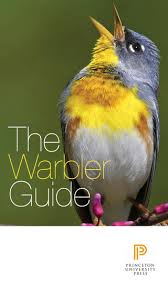 Turns out the app comparison was particularly apt, as Stephenson and Whittle had plans from the beginning to put the whole book in the palms of our hands in the form of an app, and the result of that project is every bit as comprehensive and probably more useful than the book. The warbler guide app takes all the incredible detailed photos and computer rendered illustrations and puts them in your phone or tablet where you can explore to your heart’s content. As great as that book was, it’s the advantages of the app medium that could never have been realized in book form that are really what make this app stand out.
Turns out the app comparison was particularly apt, as Stephenson and Whittle had plans from the beginning to put the whole book in the palms of our hands in the form of an app, and the result of that project is every bit as comprehensive and probably more useful than the book. The warbler guide app takes all the incredible detailed photos and computer rendered illustrations and puts them in your phone or tablet where you can explore to your heart’s content. As great as that book was, it’s the advantages of the app medium that could never have been realized in book form that are really what make this app stand out.
We’re used to having the vocalizations of birds available to us on our phones these days, and The Warbler Guide is no different. While this app includes only Parulids, those warblers are represented by their entire repertoire. Not only A-songs, but B-songs, warning chips and various flight calls all make the cut making this app the most comprehensive collection of warbler sounds outside of xen0-canto.
More, the sort of comparative images that made the book so useful are available here. Birds can be sorted and viewed by side view, face view, underside, undertail, and, incredibly, 3-D, which is exactly as cool as it sounds.
But easily the killer feature for this app is the extent to which you can customize your search. Not just by location or by season (which are good enough), not only just by overall color and patter, but by color and pattern of specific parts of the birds. It’s really a remarkable thing. This stuff looks great on my phone, but it looks incredible on my iPad.
As impressive as the comprehensiveness of the app is, and as useful as the various features are, I do have one issue. For starters, all that information takes up a lot of space. In book form it’s easy enough to make room for a useful tome, but on our phones and tablets, our space is limited and often precious. as such, the nearly 1 full GB that this app takes up makes it hard to put anything else. I eventually had to remove it from my 16 GB iPad because it was sucking up too much space. It found a home on my newer 64 GB phone, but I miss the larger screen. I know that some have managed to make it work by putting the app in the cloud and calling on it when needed. That might be an option, but if Apple only gives you 5 GB free in the cloud, that may not be enough for some birders, particularly those with other field guide apps or large music collections. Your mileage may vary.
In my mind the data issue doesn’t mean the app isn’t worth purchasing, and truly I don’t know if it’s even something that can be fixed. What information are you going to drop? In the future such data considerations may not be so much of a problem anyway as data gets cheaper and cheaper, but for now, it’s worth thinking about.
All in all, this thing is pretty amazing. And just like the book, I think it will be something you’ll absolutely want nearby once the warbler start pouring in.
The app is $12.99 in the Apple iTunes Store. Thanks for Princeton University Press for providing me with a review copy.
